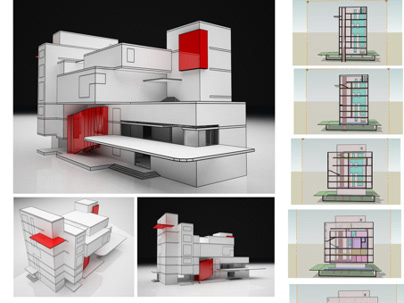Background
The travel and tourism industry is undergoing rapid transformation, with increasing competition and evolving passenger expectations. Consumers demand seamless, efficient, and personalized digital experiences that allow them to access information and services on-demand. Additionally, the shift from face-to-face interactions to self-service interfaces is accelerating, making it critical for transportation providers to adopt interactive, user-friendly, and revenue-generating solutions.
California High-Speed Rail (CHSR) must leverage digital innovation to remain competitive, enhance the passenger experience, and create new revenue opportunities while reducing operational costs. The CALine Interactive Kiosk is designed to meet these challenges, providing travelers with self-service options that streamline access to real-time updates, ticketing, customer support, and commercial services.
Challenge
Despite the growing demand for digital convenience, CALine, a digital platform aimed at enhancing user experience and engagement, faced significant usability and accessibility challenges, including:
• Difficult navigation and information overload leading to high user frustration and drop-off rates.
• Inconsistent workflows affecting user engagement and efficiency.
• Lack of accessibility compliance (WCAG standards), making it difficult for diverse user groups, including people with disabilities, to interact effectively.
• Limited personalization preventing users from tailoring their experience based on travel preferences.
To address these challenges, CALine required a comprehensive UX research and design strategy to identify pain points, streamline interactions, and improve accessibility while ensuring a scalable and cost-effective service model.
UX & Service Design Approach
For this project, a data-driven service research and UX strategy was implemented to enhance CALine’s usability and business impact. This includes:
1. User-Centered Research & Testing
✔ Discovery User Interviews: Analyzed real-world user behavior and experiences to identify pain points and opportunities for improvement.
✔ Concept Evaluation: Conducted early-stage usability testing on new ticketing system concepts, gathering user feedback on design, functionality, and ease of use before full implementation.
✔ Heuristic Evaluation: Identified UI/UX inefficiencies and friction points in the current online ticketing system to streamline interactions and enhance the overall user experience.
2. Design & Accessibility Enhancements
✔ Information Architecture Design: Structuring content and navigation for a more intuitive user flow.
✔ Personalized User Experience: Introducing custom dashboards and guided onboarding to enhance engagement.
✔ Accessibility Compliance: Ensuring full WCAG 2.1 compliance for a more inclusive experience.
✔ Prototyping & Iteration: Developing wireframes and high-fidelity prototypes for testing and validation.
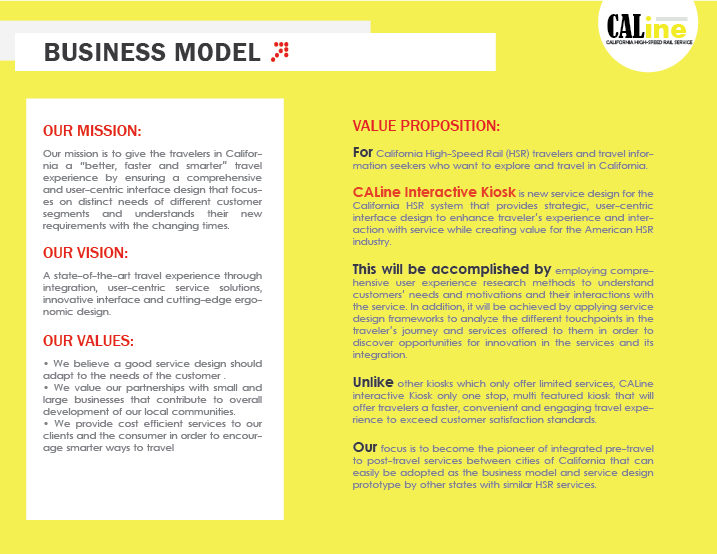
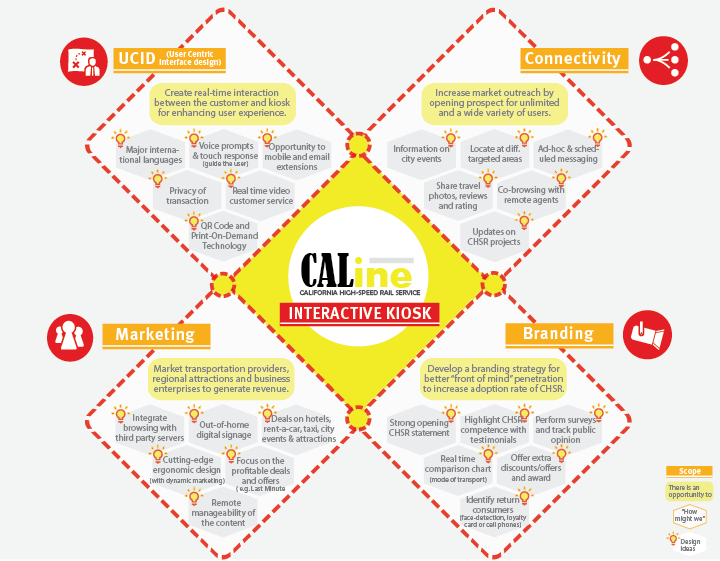
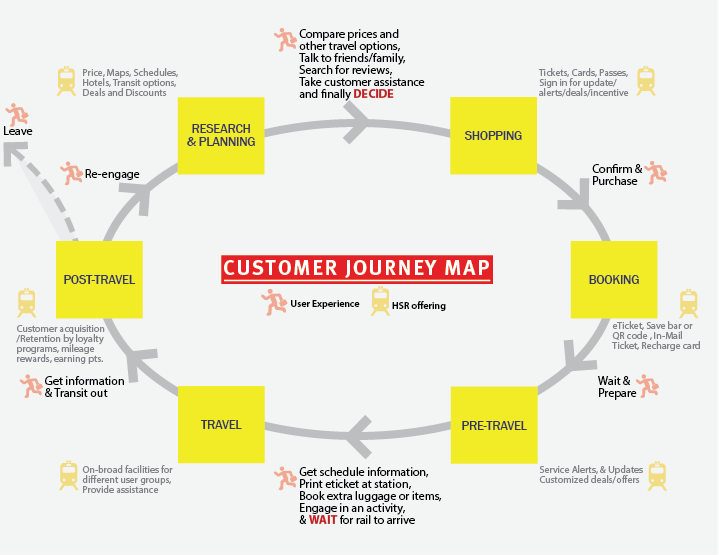

Key Findings & Design Recommendations
✔ User-Centric Service Design: Travelers preferred quick, intuitive navigation, with clear calls to action for ticketing, travel updates, and customer support.
✔ Revenue-Generating Features: Integrating time-sensitive ads and cross-selling opportunities increased engagement with partner services.
✔ Optimized Information Architecture: A refined sitemap and UI structure improved usability, making key services more discoverable and accessible.
✔ 24/7 Customer Support Integration: The addition of video-assisted customer service enhanced user trust and reduced operational strain on rail staff.
✔ Remote Management Capabilities: Implemented a cloud-based content management system for seamless updates and maintenance.
✔ Revenue-Generating Features: Integrating time-sensitive ads and cross-selling opportunities increased engagement with partner services.
✔ Optimized Information Architecture: A refined sitemap and UI structure improved usability, making key services more discoverable and accessible.
✔ 24/7 Customer Support Integration: The addition of video-assisted customer service enhanced user trust and reduced operational strain on rail staff.
✔ Remote Management Capabilities: Implemented a cloud-based content management system for seamless updates and maintenance.
Business Initiatives & Solutions
The CALine Interactive Kiosk is designed to enhance user experience, drive revenue growth, and improve operational efficiency.
✔ Cross-Selling & Upselling Opportunities: Implemented an intuitive menu system to help users quickly discover city deals, offers, products, and targeted ads, generating additional revenue streams.
✔ Interactive & Convenient Travel Management: Designed customizable dashboards and guided onboarding, enabling travelers to modify itineraries, receive real-time trip updates, and access tech support efficiently.
✔ Brand Awareness & Marketing: Integrated prominent digital advertising space and promotional content, allowing CALine and partner brands to reach a broader audience and enhance visibility
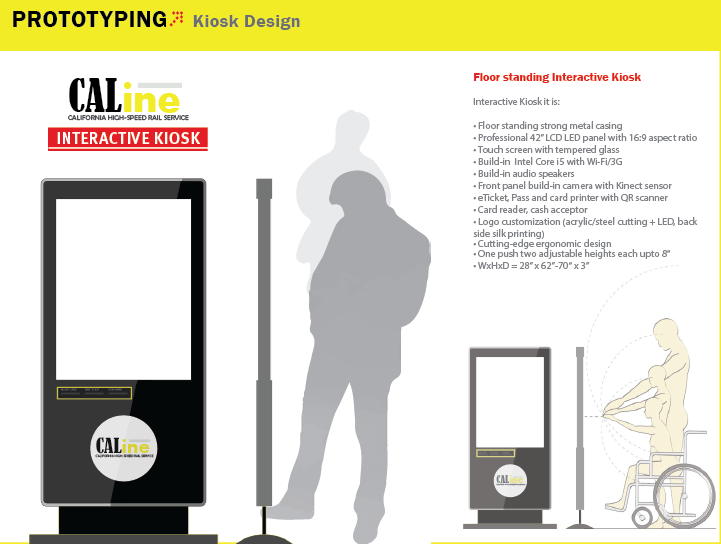

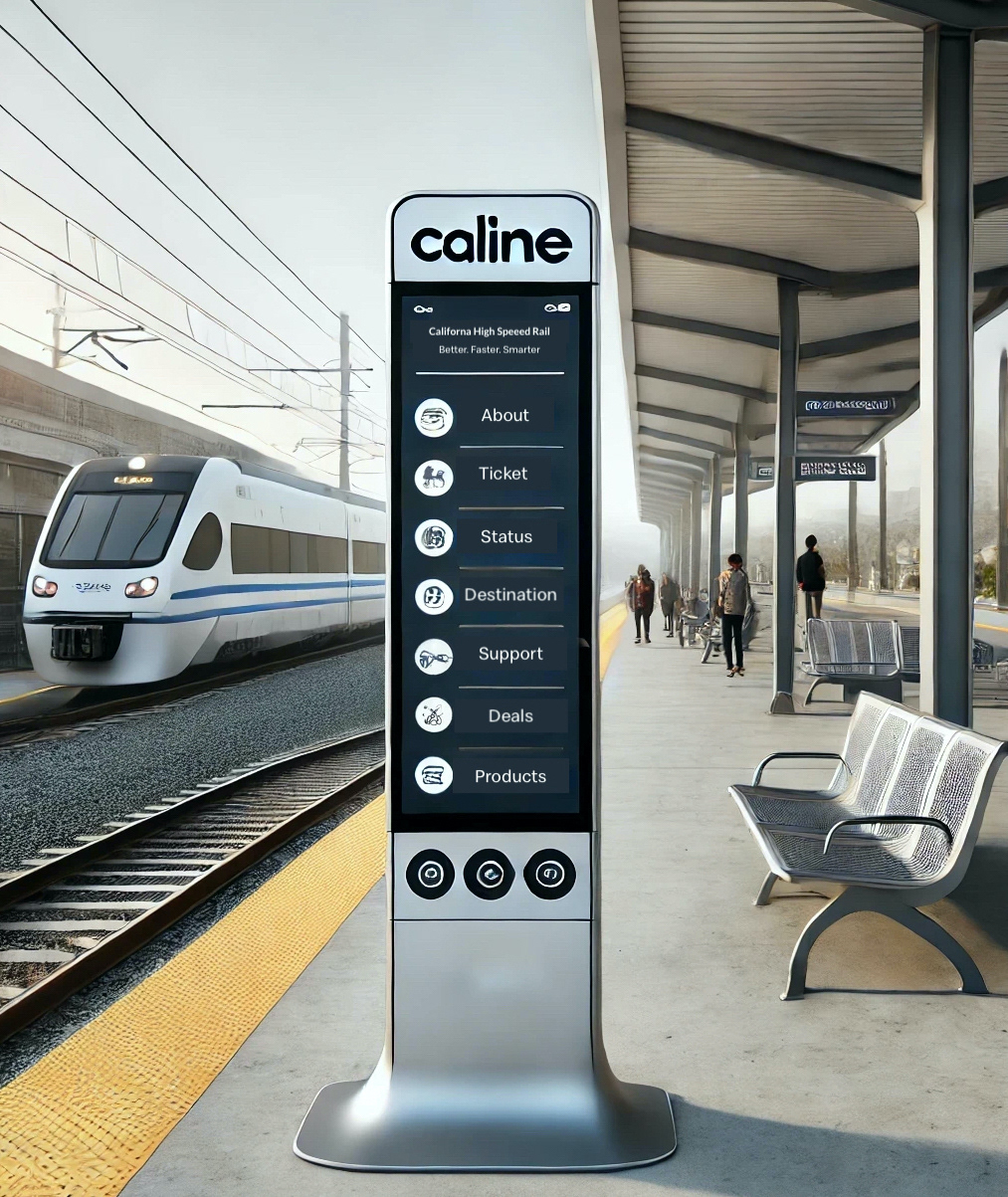
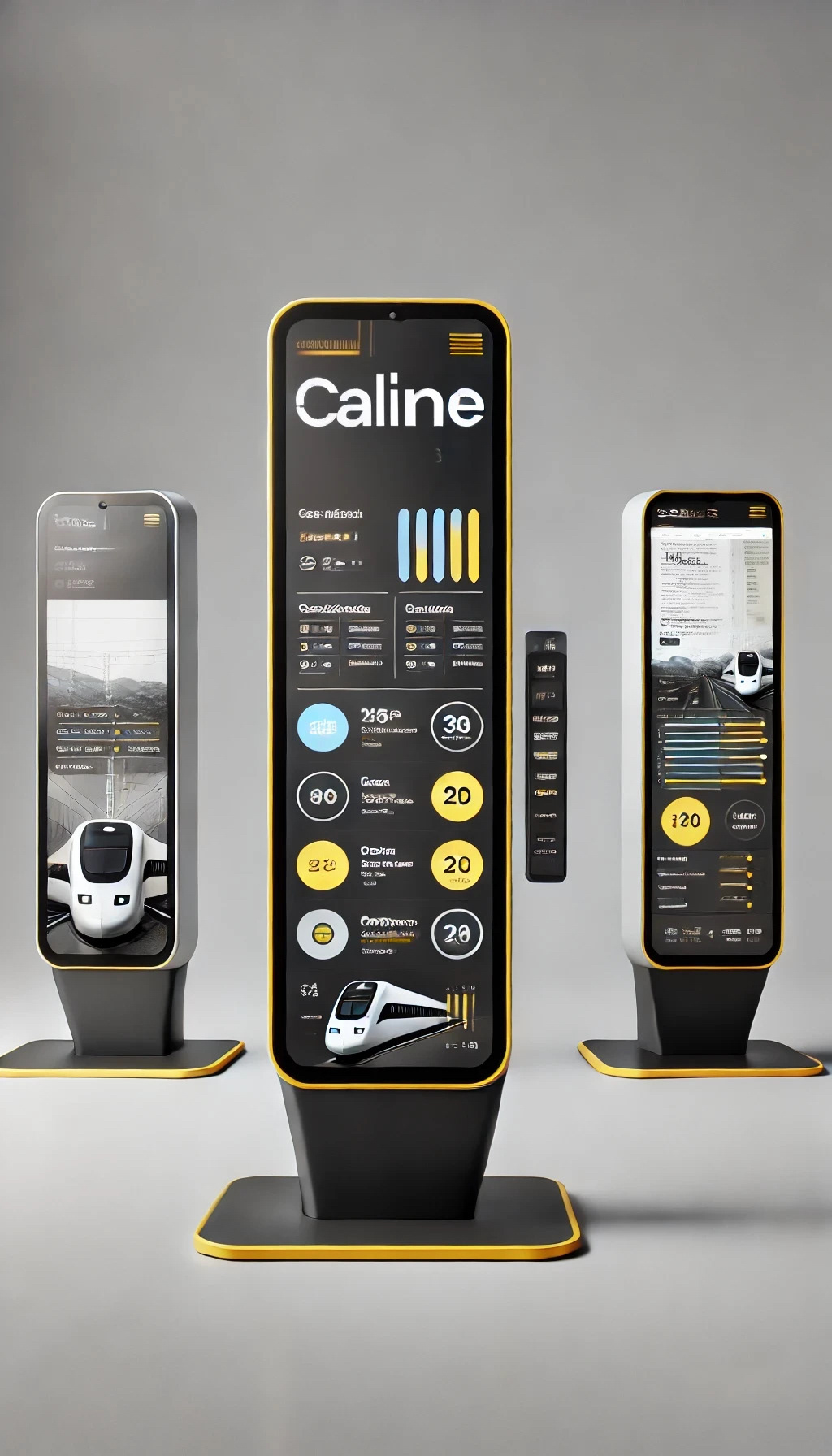
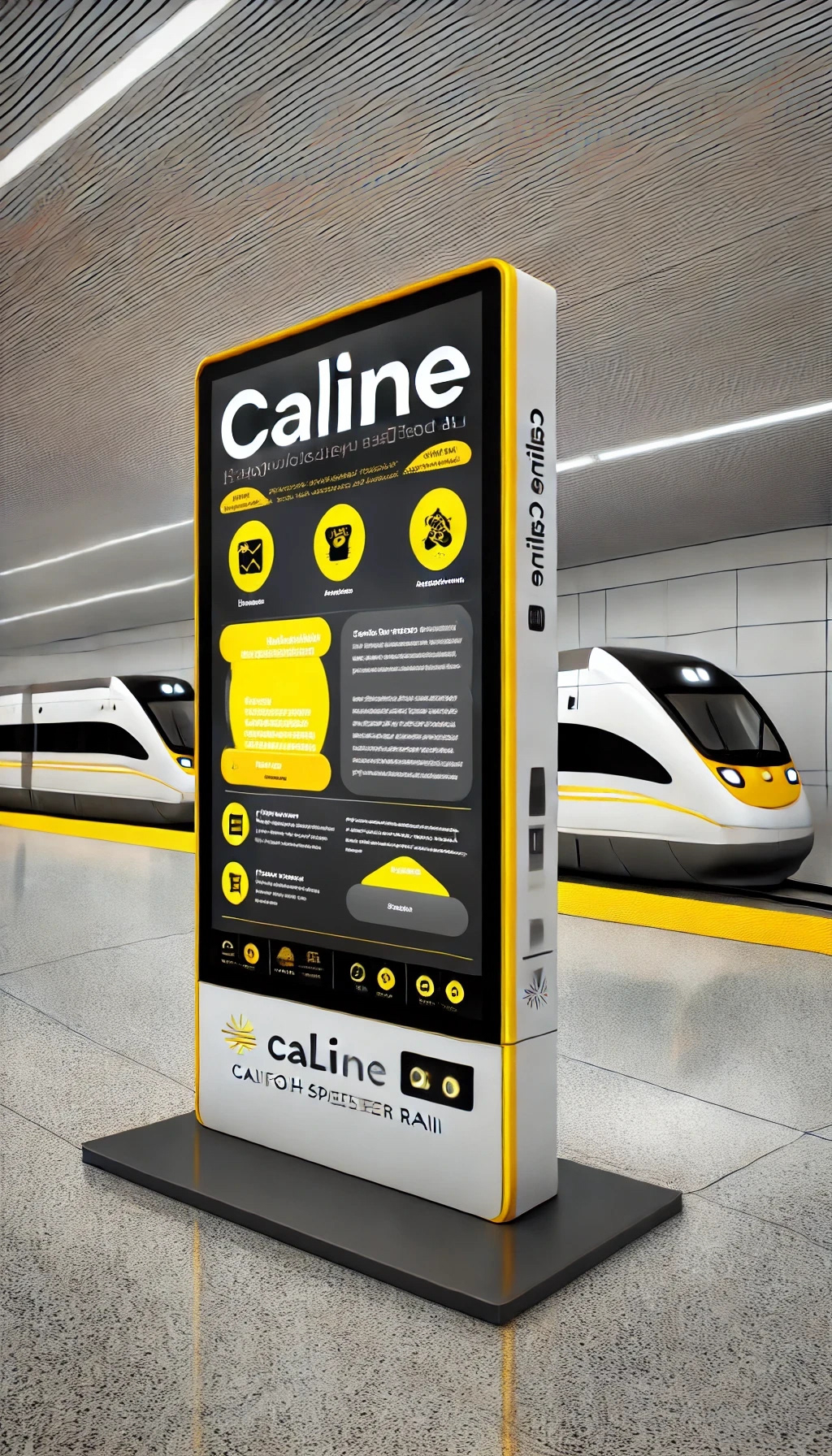

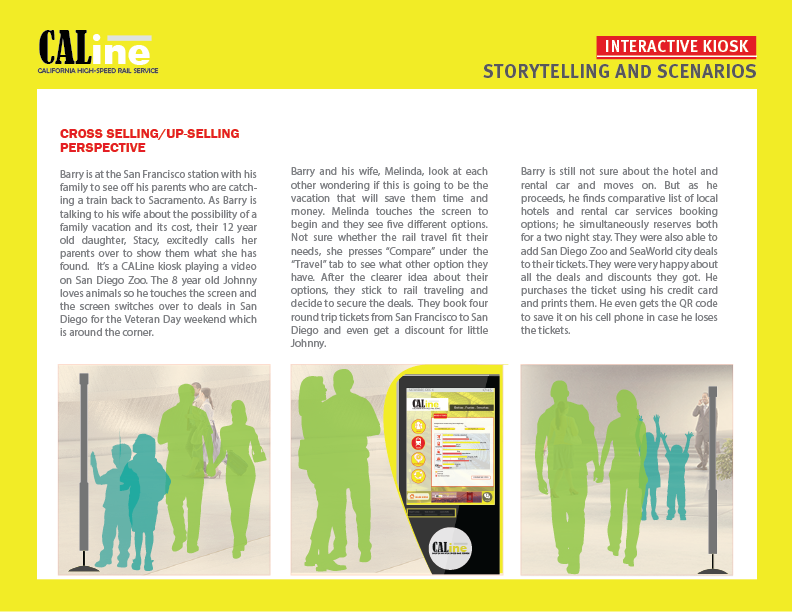

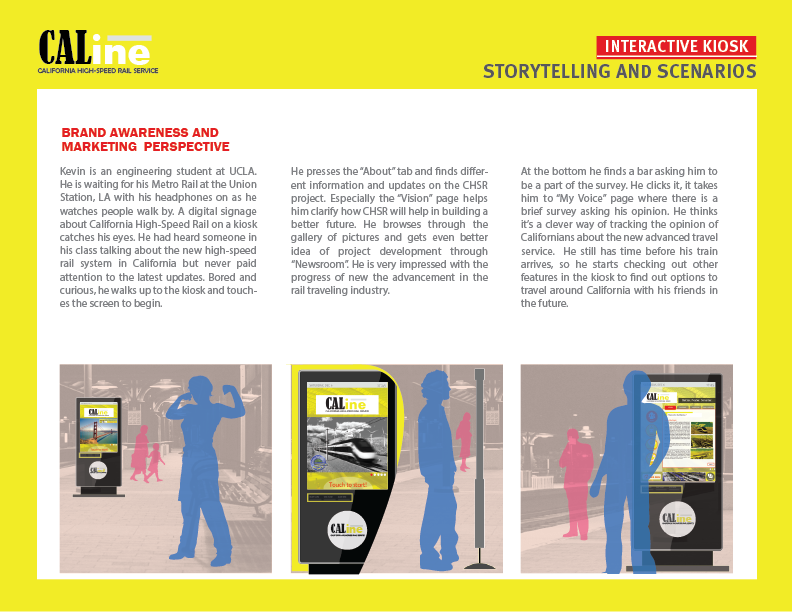
Impact & Business Value
✅ Enhanced User Experience: Travelers reported a 40% improvement in ease of use compared to traditional rail service kiosks.
✅ Revenue Growth Potential: Advertiser interest increased due to the wide demographic reach and interactive ad placements.
✅ Operational Cost Reduction: Automated ticketing and service inquiries reduced reliance on in-person staff, lowering costs.
✅ Scalability & Expansion: The kiosk model demonstrated potential for integration across other high-speed rail networks nationwide.
✅ Revenue Growth Potential: Advertiser interest increased due to the wide demographic reach and interactive ad placements.
✅ Operational Cost Reduction: Automated ticketing and service inquiries reduced reliance on in-person staff, lowering costs.
✅ Scalability & Expansion: The kiosk model demonstrated potential for integration across other high-speed rail networks nationwide.
CALine’s interactive kiosk system sets a new standard in self-service technology for public transportation, paving the way for smarter, more connected travel experiences. The project successfully delivered a seamless, efficient, and profitable digital service model for CHSR by focusing on user needs, business goals, and technological innovation.
Conclusion
We propose implementing the CALine Interactive Kiosk strategy to help future High-Speed Rail achieve revenue and operational goals. By adopting a human-centered UX strategy and leveraging cutting-edge digital solutions, CALine will position itself as a leader in innovative transportation experiences, delivering tangible business value while enhancing the future of travel.





